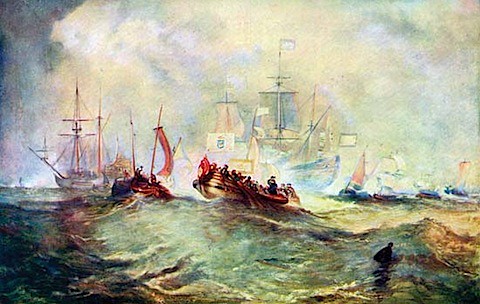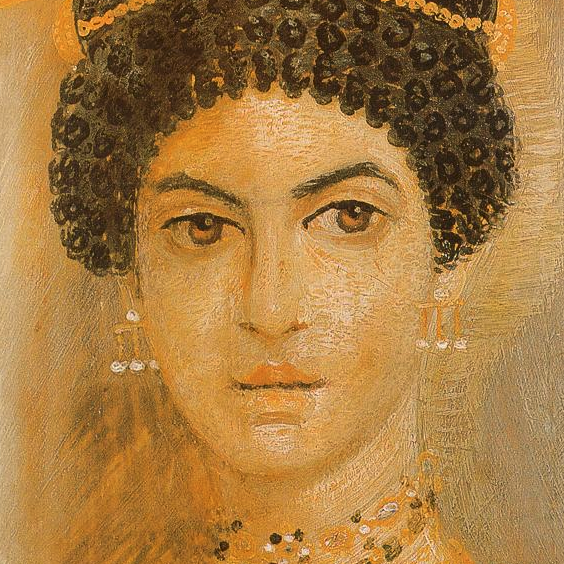I got in some beers and a pizza last Saturday night and stayed in to watch a DVD with my son – V for Vendetta. This was released in 2005, directed by James McTeigue and starring Hugo Weaving (masked throughout), Natalie Portman, John Hurt and Stephen Fry.
It is a good film, keeping you interested throughout and with good special effects and some very good actors performing very well. Although it is a cult film it has a very Hollywood feel to it with lots of action, a bit of love interest and building up to a satisfying ending with good basically triumphing over evil.
But as is often the case, the background to the film is more interesting than the film itself. Its opening includes a scene of the original Guy Fawkes being executed. The main hero models himself on this historical figure – the Guy Fawkes mask he wears seems to crop up as an avatar on a lot of internet forums – and references back to the gunpowder plot are positive. The action is set in a future Britain which has been taken over by fascists. So basically the notion is that the attempt to blow up Parliament in 1605 is some sort of forerunner to the struggle against a modern day dictatorship. The film is based on a graphic novel from the Eighties where, according to my son, the fascist leader was not a fictional character but an historical one – Margaret Thatcher.
Does this make any sense? Well Bonfire Night on the 5th of November remains a popular date on the calender in England. I still get a bit of a thrill when I smell the smoke in the air at that time of year. The background to it is pretty much forgotten now, but I don’t think anyone would suppose that Guy Fawkes is being remembered with affection. The tradition is that the effigy of Guy Fawkes, or the Guy as he is simply known, is placed on top of a bonfire and burnt. Hardly the treatment you would expect if, as the film suggests, he is the symbol of people’s hope for democracy.
The real Guy Fawkes was about as far from a popular leader of revolt against authority as it is possible to get. He and the other plotters were upper class catholics whose intention was to carry out a terrorist attack on the state with the hopelessly misguided intention of triggering off a putsch to restore England to the Church of Rome. So Guy Fawkes far from being a sympathetic freedom fighter was in fact a violent reactionary intent on using force to impose his will.
Another interesting point is how November 5th became a national commemoration. The plot was foiled in 1605. It was made an official celebration but there isn’t much evidence of popular enthusiasm at the time. But a lot happened in the seventeenth century. Over the following decades there was a civil war, a king lost his head and one stage the capital was in the hands of the levellers who were in favour of a state where equality was promoted, sort of very early socialists. There was even a group called the Diggers who grabbed control of part of Surrey and tried to start an agrarian republic where every household had enough land to feed itself.
As we all know, the radical solutions weren’t adopted and the monarchy was restored, but in a less powerful form than before. From the time of the civil war most British monarchs have always had to remember that they have a neckbone. There was to be one last attempt by a king to impose his personal rule on the country. James II was a catholic and made a hopeless but determined bid to convert the country. This went down so badly that William, the head of state in Holland and James’ son in law was invited to come over with an army to take the throne.
 |
| William III landing at Torbay November 5th 1688 |
Taking up the offer was a big gamble for William. Holland at this time was threatened by invasion by France, so taking his army out of the country was a big risk. His fleet was at particular risk as he sailed down the Channel. James was in full control of the Royal Navy which even then was a formidable force. But as William’s main hope was in winning over hearts and minds rather than in pitched battle, he had the lights on his ships blazing as he approached the Kent coast in the dark. Word spread that he was on his way. The weather favoured the Dutchman enabling his fleet to avoid a battle – the manoeuvres taking him almost the length of the Channel to land at Torbay. By this time, the whole country had heard of what was going on.
The day William III landed was Sunday November 5th 1688. Bonfires were lit up and down the country to celebrate the failure of an earlier attempted catholic coup. The message was clear. The country was behind the protestant William and against the catholic James. William had very little need of the small army he had brought over. As he marched towards London his ranks were swollen with people coming over to his side, while support for the king melted away. The regime was changed without any bloodshed. So soon after a civil war, and against the backdrop of the enormous bloodshed that the religious conflicts on the continent had caused, this must have seemed like an almost miraculous deliverance for the English of the time. It is little wonder that it was soon christened the Glorious Revolution.
Every year since then England has celebrated the 5th of November with bonfires and fireworks. The gunpowder treason has never been forgot, but maybe the reason why it is celebrated with such gusto has been. The memory of 1605 has really been kept alive by the events of 1688. But in some ways it is good to think that one of the big events of our history is only celebrated by proxy. 1688 was a very bloodless affair. It is easy to imagine other ways that it could have panned out that would have been a lot more violent and a lot more memorable. Today we couldn’t care less which denomination of church someone belongs to. If the removal of the Stuarts had involved more bloodshed perhaps the bitterness would have lasted much longer. We might still be living in its shadow. That the makers of V for Vendetta could have got its historical significance so wrong is, in a way, a sign that in some ways history has worked out for the best.
[hana-code-insert name=’Vendetta’ /]
If you are interested in the graphic novel itself the Shadow Galaxy V for Vendetta website is worth a visit. This is one of those labour of love websites. Don’t visit it unless you have already seen the film or read the book, or don’t intend to because it gives the plot away.

